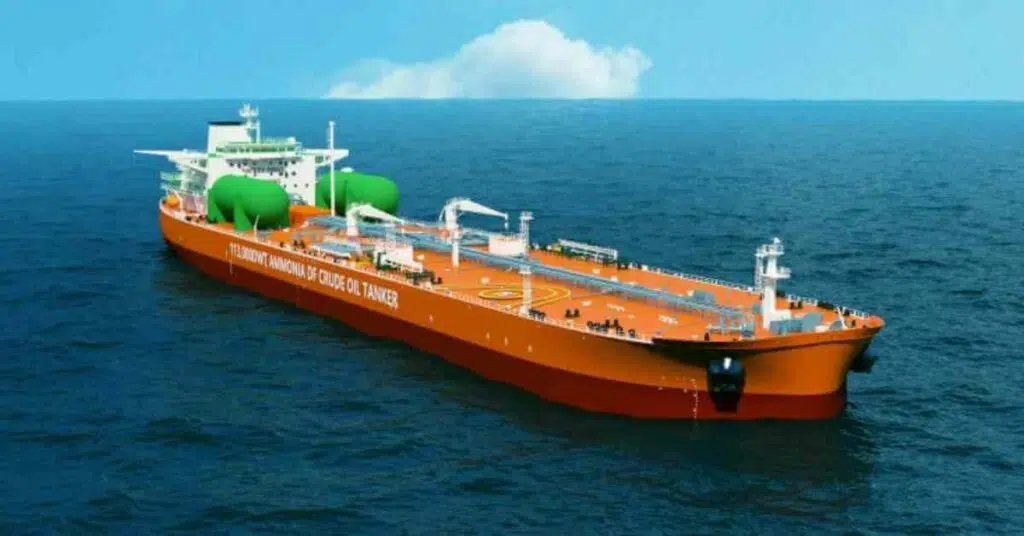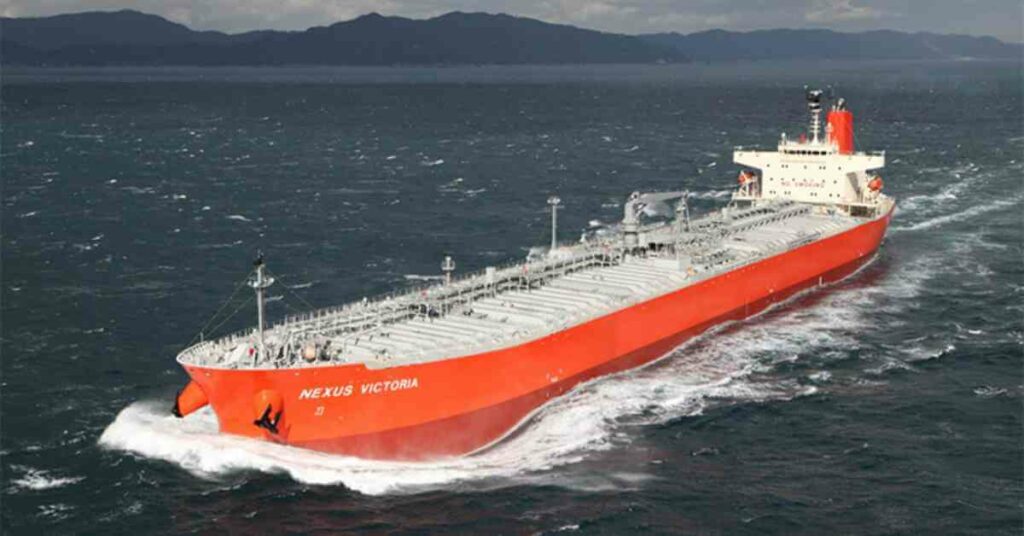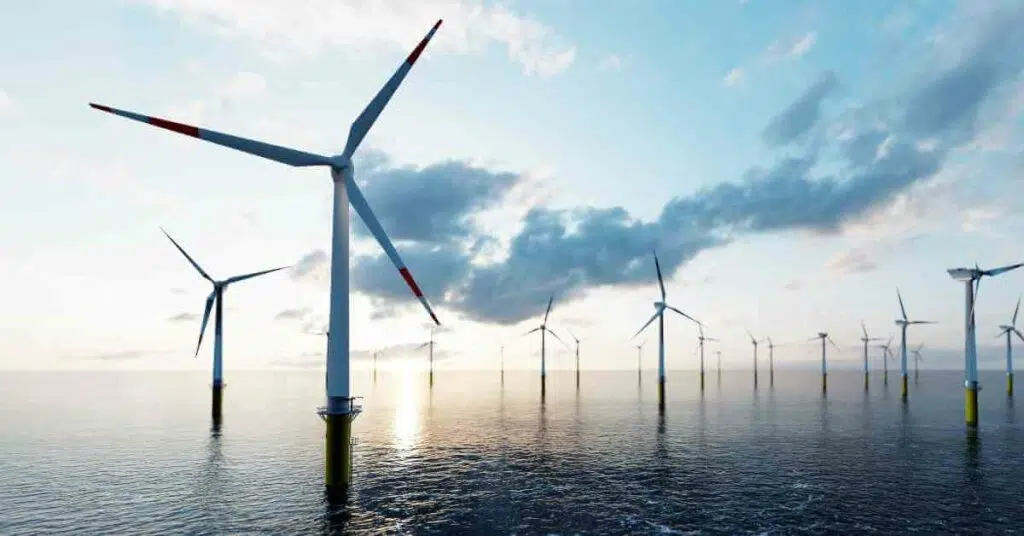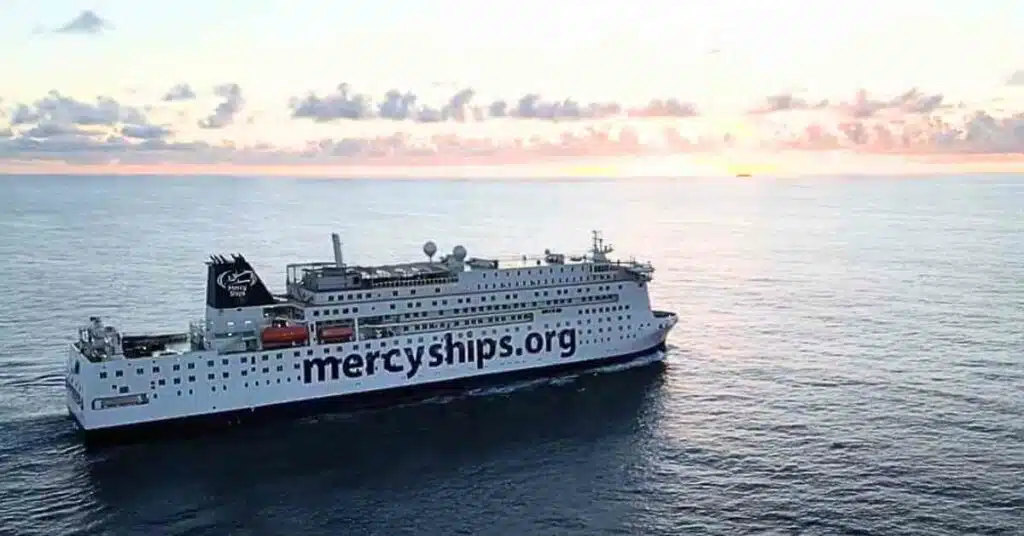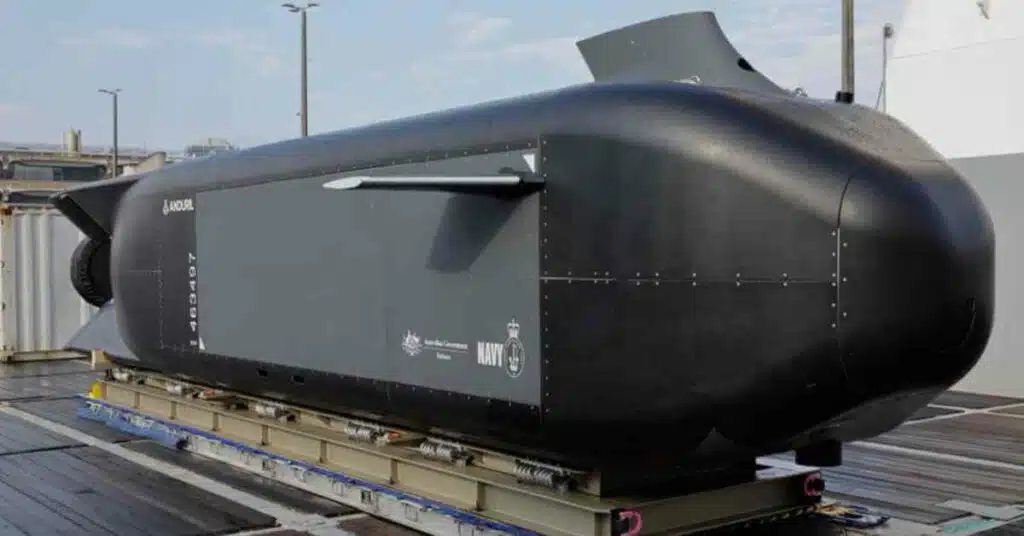Panama Canal To Last Another Century With Maintenance Work, Says Officials
From the vantage angle in cranes overlooking the Panama Canal, operators reportedly scrutinize the century-old walls of one of the locks as the siren of a merchant vessel keeps resonating from nearby.
Amid a gigantic ditch drained of water, workers scramble to execute the maintenance activity in one of the lanes or chambers of the Pedro Miguel lock, not too far from the Pacific Ocean.
Working between the enormous gates and high concrete walls, amid residual puddles of water and the echoing thrum of large water pumps, the maintenance team takes advantage of a temporary halt in traffic to renovate facilities that are more than a century old.
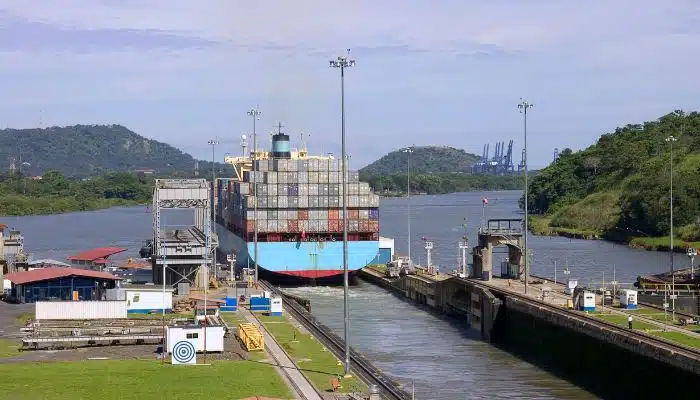
The 50-mile inter-ocean byway was inaugurated by the US in 1914. Since then, over a million vessels have sailed, headed to the Atlantic from the Pacific or vice versa.
The Panama Canal locks are over 100 years old, and the maintenance plan is designed to extend the life for 100 more years, Miguel Lorenzo, the VP of infrastructure and engineering for the canal authority, informed AFP.
The canal uses rainwater to move vessels via the locks that operate like elevators to raise the vessels by up to 85 feet above sea level as they move across the isthmus’s continental mountain range.
The Pedro Miguel locks boast two chambers — each is a sort of lane via which about 30 vessels pass daily.
Despite ongoing maintenance, canal traffic goes on. With passage via the west chamber paused, the Uog Phoenix tanker sails via the east chamber, sounding the siren as it moves toward the Caribbean.
Work in the west chamber is scheduled to last a week, ending 16 May, and is budgeted for approximately $2.5 million.
During this time, over 400 individuals constantly monitor the valves, the 65-foot-high walls, and the huge pipes via which water is pumped to boost and lower vessels.
The ultimate round of maintenance for the chamber — which is approximately 1,000 feet long and about 110 feet wide — came through in 2015. The canal has five sets of locks with 18 chambers.
Lorenzo said that the intention is to dry the chamber and have access to electrical equipment and components to recondition those and extend their operational life.
At the same time, when the chamber is dried, it is the only opportunity to see the concrete walls and seal damage, fissures, and cracks.
Two gates, weighing about 700 tons, were removed earlier and then taken to a workshop to repair the steel, change the seals and rubber fittings, and get a fresh coat of paint — the first time in 37 years.
AFP reported that since the region is coping with drought, it’s important to have the valves in a stable condition for conserving water, said Wilfredo Yau, who oversees the maintenance of the Pedro Miguel locks.
About 6% of total worldwide maritime commerce passes via the Panama Canal, with the US, Japan, and China being the leading users.
In FY 2022, over 14,000 vessels loaded with 518 million tons of cargo passed via the canal, offering revenue of $2.5 billion for Panama.
But the dearth of rainfall has reportedly compelled the canal to lower the draft of vessels, with the shortage of water temporarily threatening the future of the vital maritime channel.
The canal authority mentions investing over $400 million yearly in maintenance assignments.
Canal managers mentioned that each chamber of the locks is rehabilitated once in five years, though all 82 gates are reconditioned every 25 to 30 years.
Lorenzo said that the canal had been designed as a robust structure. This permits it to extend its life via maintenance.
References: Deccan Herald, Barron’s
Disclaimer :
The information contained in this website is for general information purposes only. While we endeavour to keep the information up to date and correct, we make no representations or warranties of any kind, express or implied, about the completeness, accuracy, reliability, suitability or availability with respect to the website or the information, products, services, or related graphics contained on the website for any purpose. Any reliance you place on such information is therefore strictly at your own risk.
In no event will we be liable for any loss or damage including without limitation, indirect or consequential loss or damage, or any loss or damage whatsoever arising from loss of data or profits arising out of, or in connection with, the use of this website.
Disclaimer :
The information contained in this website is for general information purposes only. While we endeavour to keep the information up to date and correct, we make no representations or warranties of any kind, express or implied, about the completeness, accuracy, reliability, suitability or availability with respect to the website or the information, products, services, or related graphics contained on the website for any purpose. Any reliance you place on such information is therefore strictly at your own risk.
Do you have info to share with us ? Suggest a correction
About Author
Marine Insight News Network is a premier source for up-to-date, comprehensive, and insightful coverage of the maritime industry. Dedicated to offering the latest news, trends, and analyses in shipping, marine technology, regulations, and global maritime affairs, Marine Insight News Network prides itself on delivering accurate, engaging, and relevant information.

About Author
Marine Insight News Network is a premier source for up-to-date, comprehensive, and insightful coverage of the maritime industry. Dedicated to offering the latest news, trends, and analyses in shipping, marine technology, regulations, and global maritime affairs, Marine Insight News Network prides itself on delivering accurate, engaging, and relevant information.
Latest Shipping News Articles You Would Like:
Subscribe To Our Newsletters
By subscribing, you agree to our Privacy Policy and may receive occasional deal communications; you can unsubscribe anytime.




